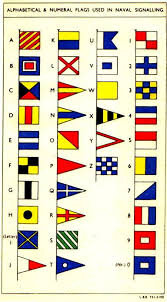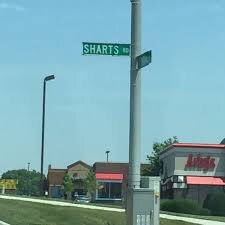I vote for irrational fear. I raced to get my shots because my rational side told me that it could save my life, prevent needless suffering, or maybe protect my family and community. The entire drive to get the shot, my irrational brain told me that the shot would make my tongue would turn into a lizard, crawl out of my mouth, and eat my eyes out. I still got the shots, but I kept my mouth shut for a bit each time just in case — an ounce of prevention and all.
So much of vaccine resistance is built on crazy, irrational fears, but it’s really pretty normal and human. I teach my child that it’s ok to be scared, but being brave is still doing the right thing anyway. This whole experience has been weird and scary, including the shots. You can present all of the evidence that the shots are safe, but they still might not feel safe to that yapping part of my brain.
The pandemic deniers like to say “faith over fear” but they’re just peddling their own fears. The public health side seems to play up the reality that COVID is scarier than the shots. It is, but when faced with two scary things — even if one fear is irrational — doing nothing might feel the safest.
I wonder if making a greater effort to acknowledge and validate that fear (your fear may be irrational, but it’s normal and human) would have helped. It probably wouldn’t have, because nothing seems to help these days, but it sure helps my son be brave when I acknowledge that something is scary but we can still face it down.






